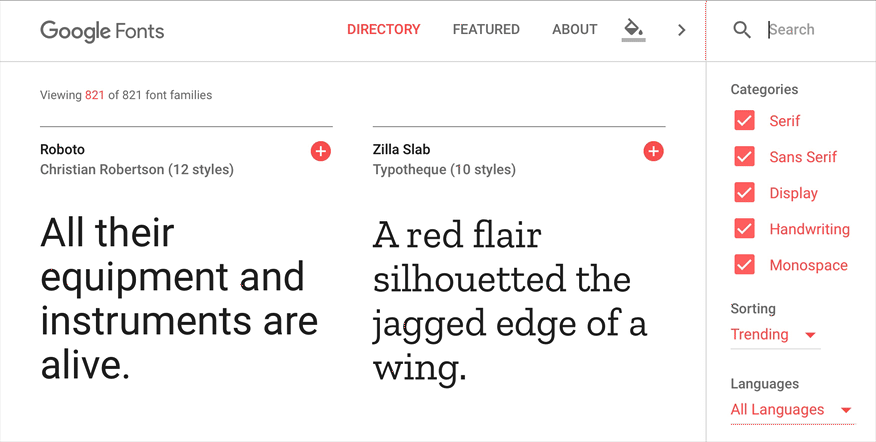

For example, to use the “Open Sans” font from Google Fonts, you would add the following to your email’s CSS: font-family: ‘Open Sans’, sans-serif If your email isn’t displaying the Google Fonts correctly, try adding the ! important flag to your CSS declarations, like so: font-family: ‘Open Sans’, sans-serif ! important If that doesn’t work, check to see if your email client is supported by Google Fonts. Once you’ve added the Google Fonts stylesheet to your email, you can use any of the fonts from the Google Fonts library by including the font-family property in your email’s CSS. This method is less reliable, as some email clients will ignore stylesheets in the body of the email, but may be necessary for certain clients that don’t support stylesheets in the head. The second way is to add the Google Fonts stylesheet to the body of your email’s HTML. This will ensure that the font is loaded before your email’s content is rendered, and is the recommended method for most email clients. There are two ways to add Google Fonts to your HTML email: The first way is to add the Google Fonts stylesheet to the head of your email’s HTML. With a few simple lines of code, you can add any of the hundreds of fonts available from Google Fonts to your email. Adding Google Fonts to your HTML email is a great way to stand out from the rest.
#Google webfont in email how to#
In this article, we’ll cover how to use Google Fonts in HTML email, as well as some troubleshooting tips in case your email isn’t displaying correctly. While most webmail clients support a limited number of web-safe fonts, there are a few ways to add your favorite Google Fonts to your HTML email. One of the most common questions we get is how to use Google Fonts in HTML email.


 0 kommentar(er)
0 kommentar(er)
